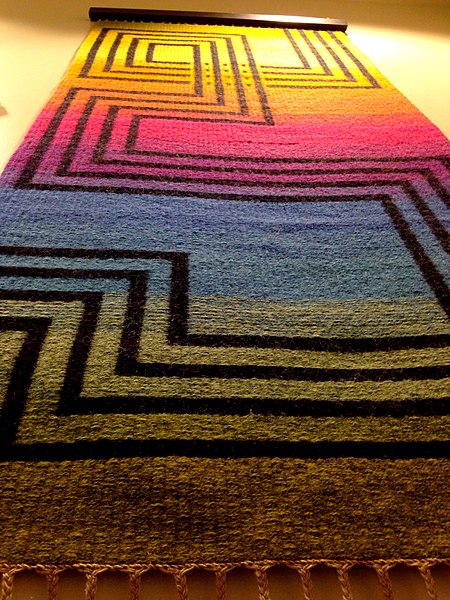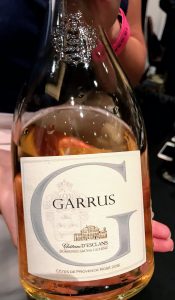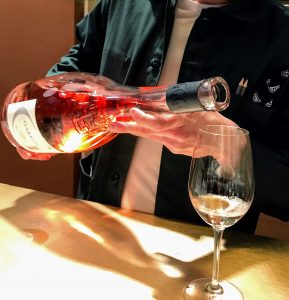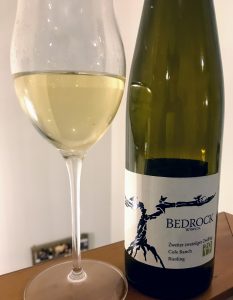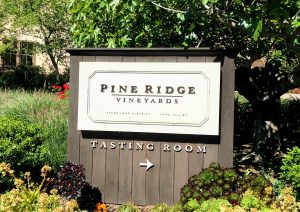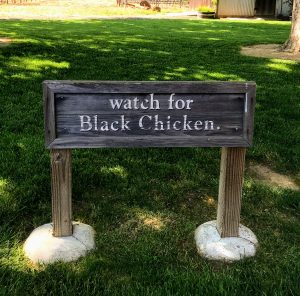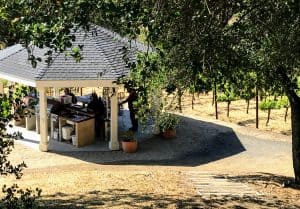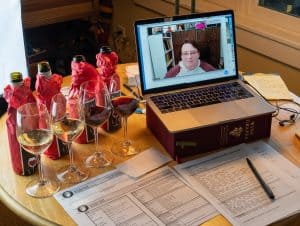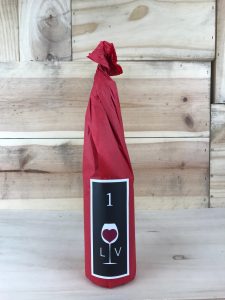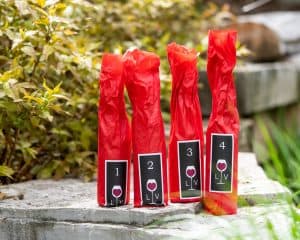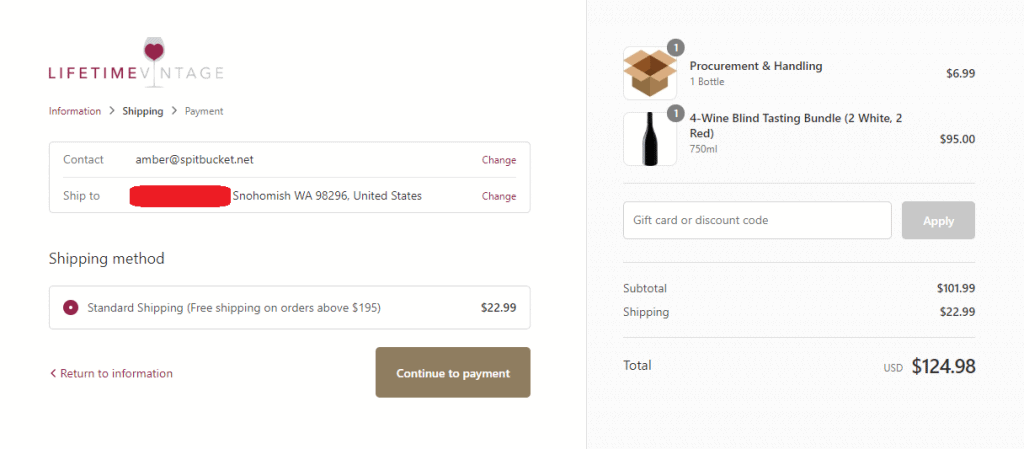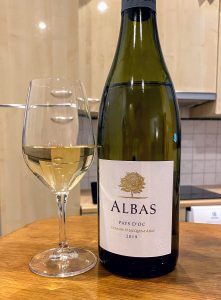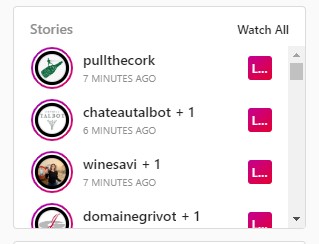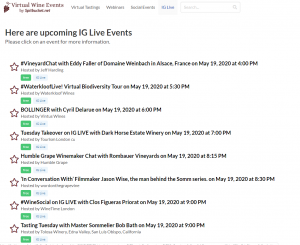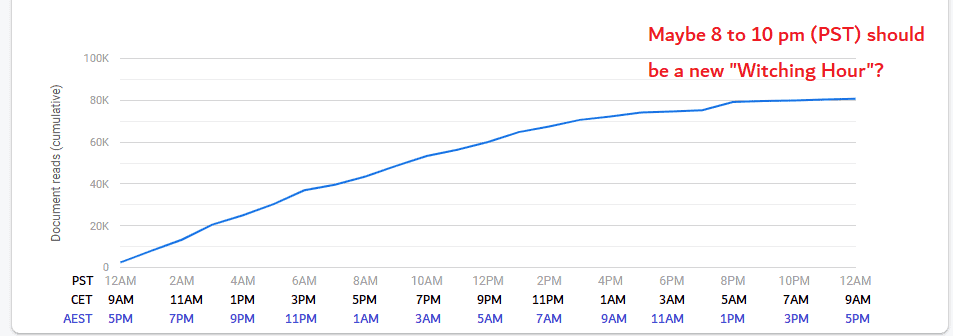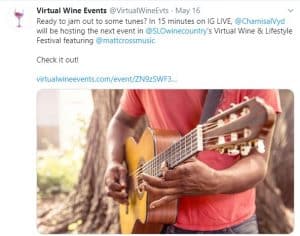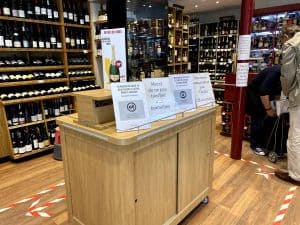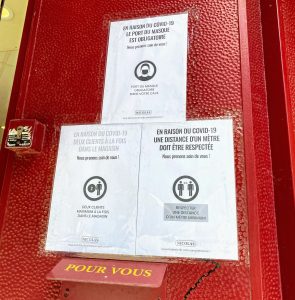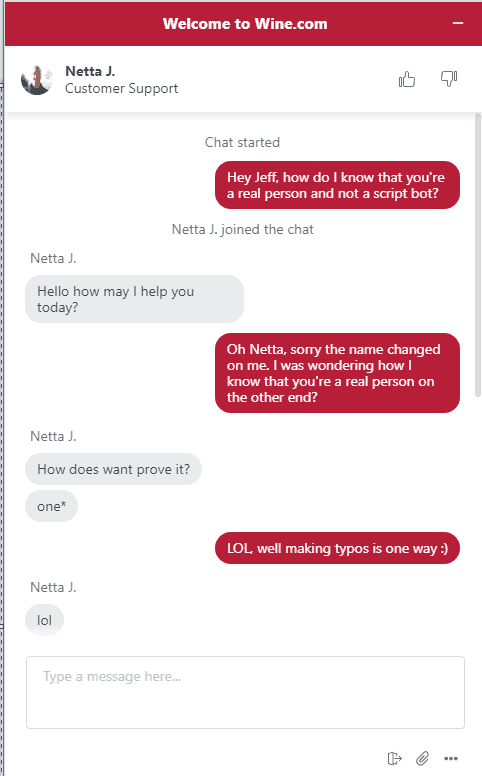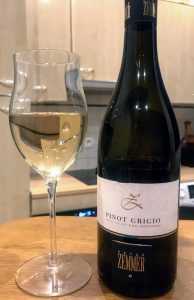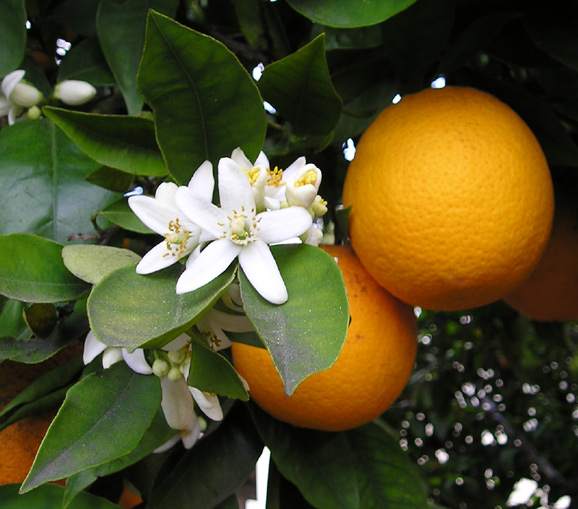These are unprecedented times for the wine industry. Some bumps and missteps are to be expected as wineries reopen after long lockdowns. But stuff like what I’m sharing below needs to be called out and nipped in the bud.
Earlier today, I had this exchange with a friend in Washington State. She does not work in the wine industry but is an avid wine lover who belongs to several wine clubs. I asked her permission to post these screenshots of our conversation with both her info and the winery’s name redacted. The only thing I will say about this winery is that it is relatively well known in Washington. With multiple tasting rooms throughout the state, I’m sure they were quite eager to reopen and get back that traffic flow.
But this is not the way you should treat a consumer–or let them be treated. Especially not one who is responding to your Facebook ad asking for visitors to come back to your tasting rooms.
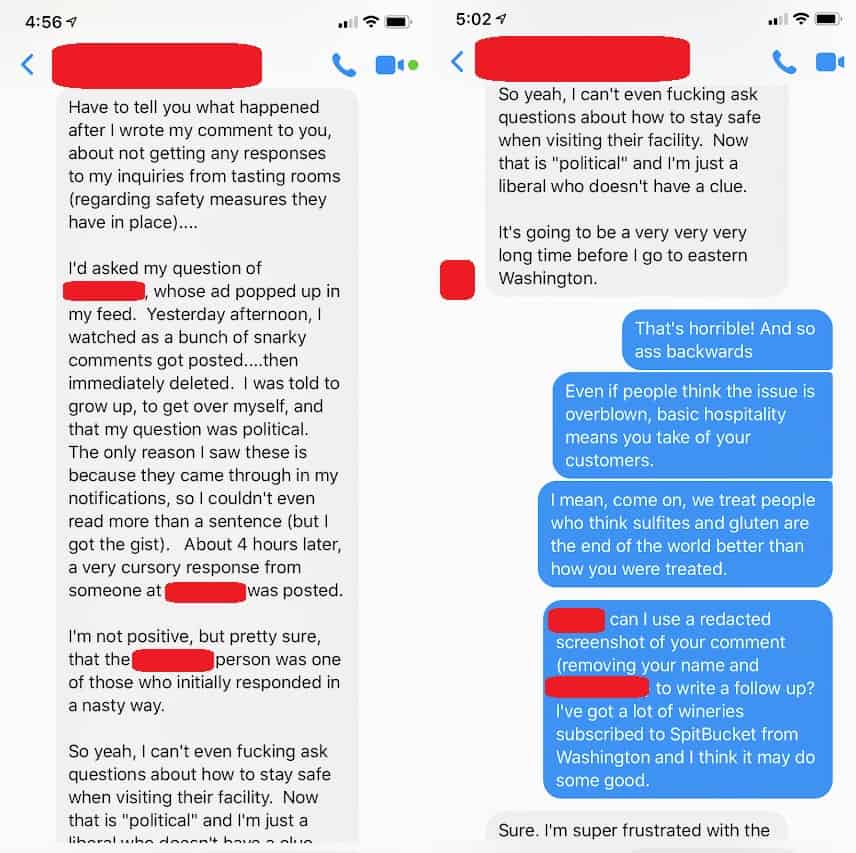
Salty language left un-redacted because, well, that’s how life is.
I understand the frustration.
This should not have played out this way. And what’s equally as frustrating is wondering where else this is happening. While I hope that this is a fluke event, how can we be sure that’s the case?
Even with all the headaches and hassles that COVID has tossed on our laps, the very last thing that any wine business should do is to lose sight of basic customer service. I know none of us asked to be put in this situation and there are a lot of things that are beyond our control. But what we absolutely can control is how we respond when consumers share their sincere concerns.
And there are several ways that this winery could have done better.

I know that monitoring your social pages is a lot of work, but do you really think that having a page that feels too hostile to interact with helps your business at all?
I’m going to go on good faith that the winery rep didn’t participate in the snarky comments. That just boggles my mind that anybody in the hospitality industry would be so idiotic. The winery did do well in deleting those comments fairly quickly. They deserve props there.
But where they dropped the ball was in not calling out the snarky commentators, who were attacking their customer, and in also not apologizing to their customer for being on the receiving end of this abuse. Plus, it was also disappointing that if they were online to delete comments, they still waited several more hours to respond to her question.
I followed up by checking out the winery’s Facebook page and found the post my friend replied to. The ad has received over 400 likes and has been shared multiple times, so a good amount of people are seeing in it. I found the original question and the cursory reply, noting that they’re practicing social distancing, limiting guests, wearing masks, etc. But no apologies for the other comments nor any further comment or post encouraging folks to treat each other with respect.
And, no, my friend has not gotten a DM apology or follow-up either.
Put yourself in this guest’s shoes.

If guests don’t feel comfortable visiting your tasting room, for whatever reason, they’re not going to come.
And in the shoes of similar guests who the industry desperately wants to return.
Here is someone who does want to return. She wants to get back to visiting winery tasting rooms. But she has concerns, like many, many other consumers. So when she sees the Facebook ad of a winery that she likes, telling her that they’re reopening, she reaches out to them.
There’s intent. There’s desire. All she needs is reassurance. All she needs is to be treated like a valid human being.
But instead, she was made to feel that her concerns were “political,” “overblown,” “invalid.” Even if the winery wasn’t aware that guests still get notifications and previews of deleted comments, this abusive behavior should have been called out.
Because what are the odds that this would be a one-time thing? That these Facebook commentators who were attacking this person weren’t going to attack another guest responding to the same Facebook ad and having similar concerns?
And what assurance does anyone have that they wouldn’t be likewise heckled in the tasting room or parking lot by these other “fans”?
If you want to welcome guests back to your tasting rooms, you need to make clear that it’s a welcoming place.
And that extends to how your guests are treated on your social media pages. If other commentators on your Facebook page are attacking your guests, you need to do more than just delete comments. You need to make clear that respect is a value that your winery holds dear.
This is not about being political. It’s crazy that things like personal concern and safety are being turned into political hot topics. But as an industry, we have to rise above this. We have to look out for our customers. We have to make them feel welcomed, valued and safe.
When one winery drops the ball, it hurts their neighbors and everyone else who is also counting on those visitors returning. That’s why we need to call this out and stop this from continuing.

